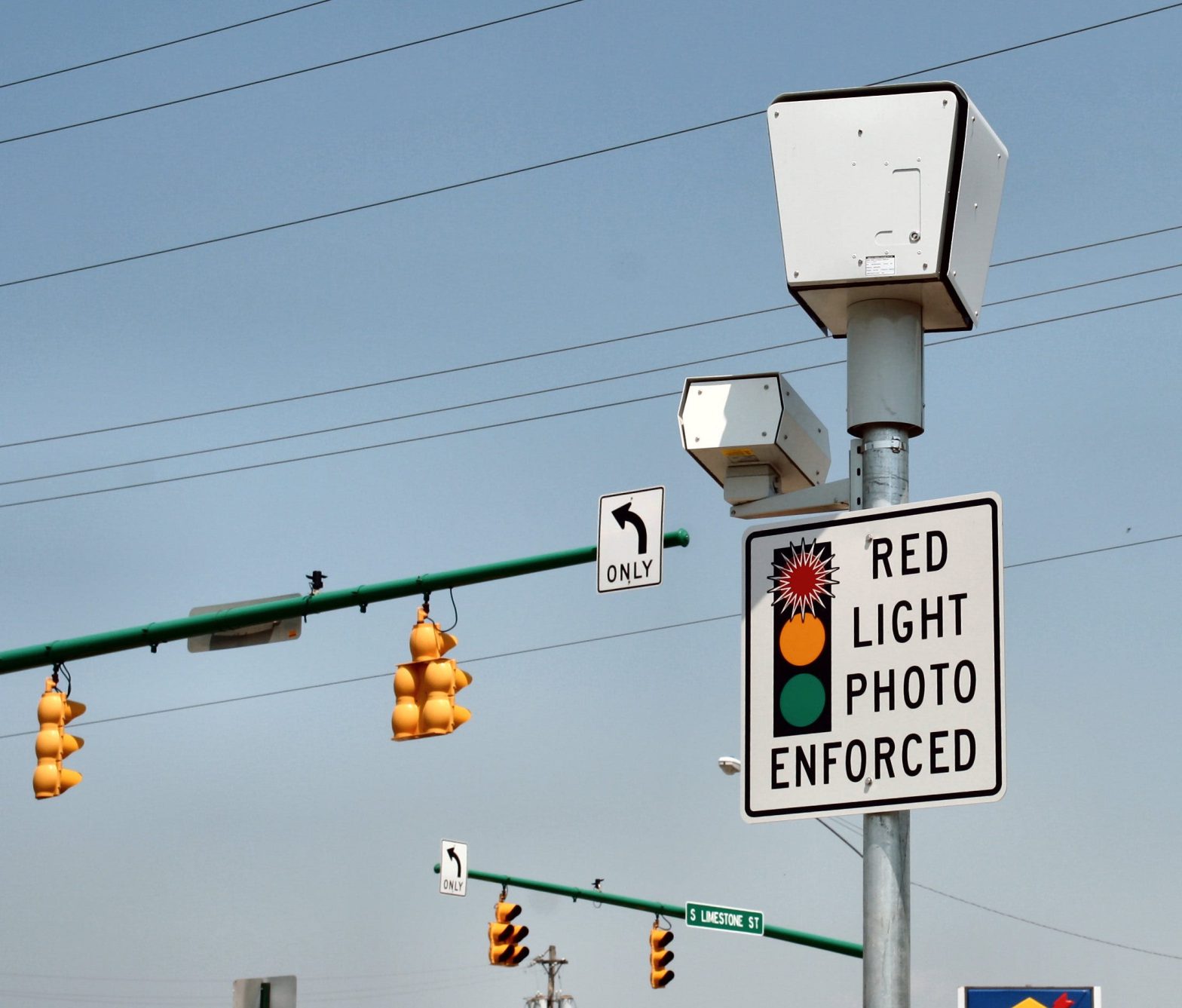![Red-light cameras will be installed at two or three intersections in Crestview. It may be up to six months before the program is up and running. [SPECIAL TO THE NEWS BULLETIN]](http://127.0.0.1/wordpress/wp-content/uploads/2022/01/ghows-DA-68f2ad47-6aa5-461f-e053-0100007f195f-b92d84fd.jpeg)
CRESTVIEW — The approval of a red-light camera program for Crestview has drawn mixed reactions from the public and experts alike.
The city council approved the program by a 3-2 vote in their March 12 meeting. According to the Crestview Police Department, the program will involve cameras at two or three traffic signals in the city, and may take months to implement.
James Walker, executive director of the National Motorists Association Foundation, a driver’s advocacy group that opposes red-light cameras, urged city officials to reconsider the program.
“Your residents and visitors will despise the program and will quickly understand the cameras are about money, not safety,” Walker said.
The Insurance Institute for Highway Safety took a different view of the issue, citing studies showing a drop in the number and severity of crashes in cities where red light cameras were implemented.
Revenue Generator
Crestview Police Chief Tony Taylor disagreed with the claim that red-light camera programs are more about revenue than safety.
“This is a safety program that will address a very serious problem,” he said. “Right off the bat, the state claims more than half of each fine levied on red-light runners, so it’s definitely not a money-maker.”
The state of Florida takes 52.5 percent of the funds for each ticket, leaving municipalities with the remainder. For each $158 ticket, $70 goes to the state’s general fund, $10 is sent to the Department of Health Emergency Medical Services Trust Fund, and $3 goes to the Brain and Spinal Cord Injury Trust Fund.
“It is ‘free money’ to the state with almost no cost or risks,” Walker said.
Out of the remaining funds, the city must pay fees to the private company administering the camera program. Whatever is left over goes into city coffers. Whether municipalities make any money off the program is highly dependent on how many tickets are written.
Tallahassee ended its red-light program in 2015 – five years after it started – citing a drop in revenue from the program. City officials hailed the program as a success, claiming red-light violations declined by 90 percent or more at traffic signals that had cameras installed. As of 2013, only $500,000 of the $6.3 million generated by the programs went to the city of Tallahassee.
Other cities have seen different results. A 2014 study by the state legislature’s Office of Program Policy Analysis & Governmental Accountability found that 78 percent of municipalities had excess revenue after paying vendors and covering program expenses. Only 16 percent reported not making enough money to cover the costs of the program.
Chief Taylor has said the city should establish a Public Safety Trust fund for equipment and safety programs for first responders if the program generates more money than is needed to cover the costs.
“All residual funds will be maintained locally in Crestview,” Taylor said.
Safety Concerns
Opponents of red-light camera programs claim they don’t actually make intersections safer. They argue that an increase in rear-end collisions due to people slamming on their brakes to avoid a red-light infraction negates any decrease in side collisions.
“At least two of the annual reports on the for-profit red light cameras show increased crashes at camera intersections,” Walker said. “More crashes is not an indication of improved safety – it is the reverse.”
A 2014 report by the Florida Department of Highway Safety and Motor Vehicles bolsters that claim. According to the report, 60 percent of cities that provided crash data reported an increase in overall crashes at intersections with red-light cameras.
IIHS media relations associate Joe Young cites internal studies supporting the claim that red-light cameras reduced the most dangerous types of crashes.
“Our researchers concluded that the fatal red-light-running crash rate was 30 percent higher in cities that deactivated cameras than it would have been if the cameras remained on,” Young said in an email.
“In one study looking at Arlington, Virginia’s camera program, a year after installation of cameras, the most dangerous type of red-light running (occurring more than 1.5 seconds into the red phase) had fallen 86 percent at intersections with cameras.”
Cities that have enacted red-light camera programs have seen mixed results in terms of crash reduction. Tallahassee officials ended their program after a significant decrease in red-light violations over five years. Jacksonville, which also terminated its program after five years, cited a lack of funds generated by the program and no definitive proof that it reduced traffic collisions.
Mistaken Identity
One frequently-asked question concerns what happens if someone is sent a ticket for running a red light, but someone else was driving their car.
Opponents claim that makes it easier to dispute a ticket generated by a red-light camera program, wasting time and money in legal costs. The DHSMV study found that more than half of contested red-light camera tickets in the jurisdictions surveyed were dismissed.
Crestview Police say there are exemptions to the statute allowing for red-light programs, one of which is a situation where someone other than the registered owner was driving the car.
“When in doubt, throw it out,” will be the guideline, Chief Taylor said.


This article originally appeared on Crestview News Bulletin: Experts, public split on red-light cameras
